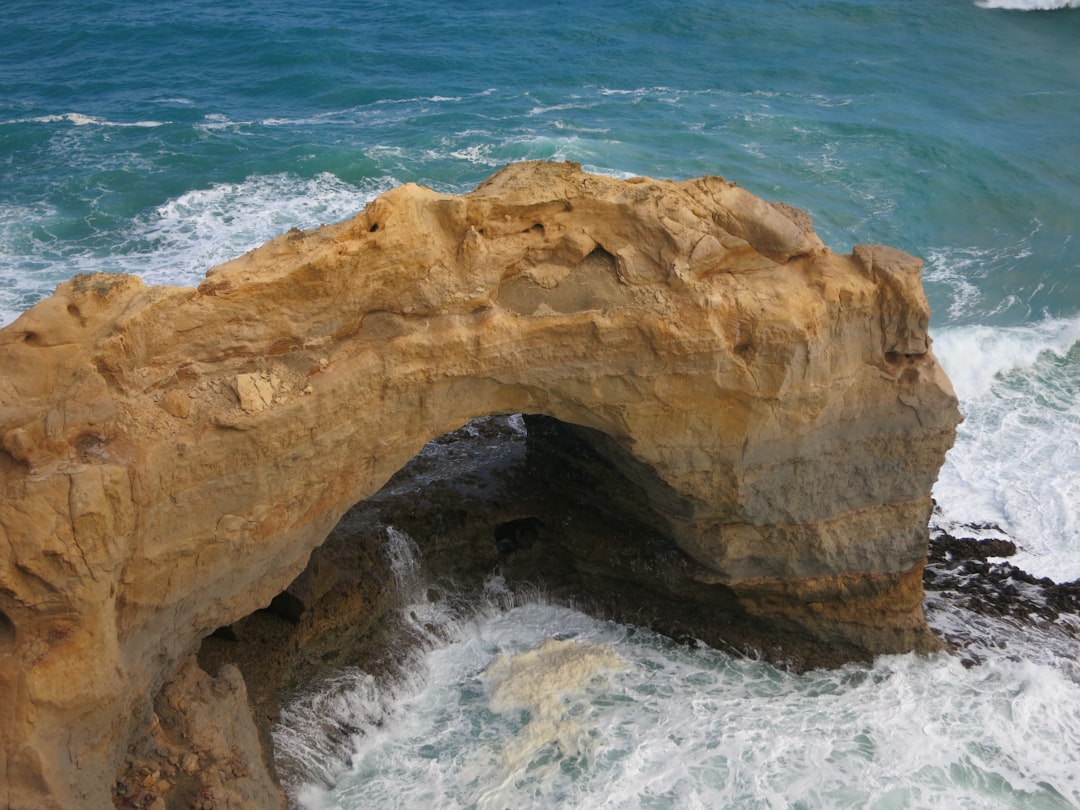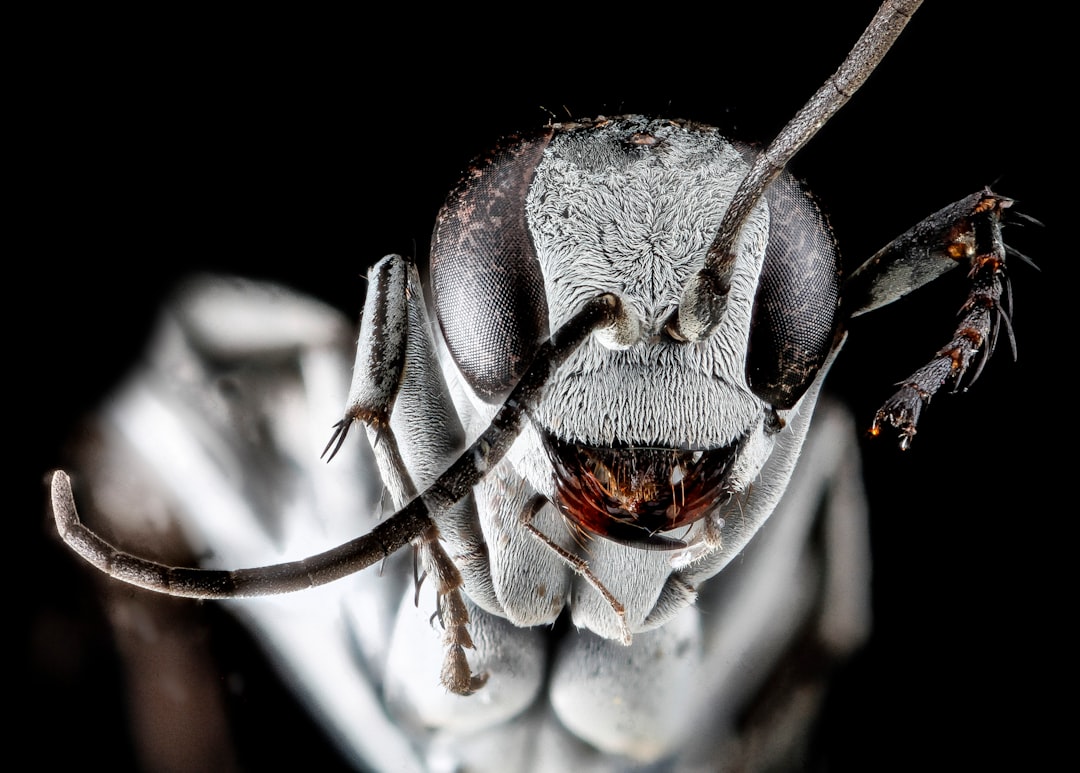What is it about?
Fractures impact the mechanics and fluid flow of the upper crust and are essential deformation mechanisms in basement-cored, fault-related folds. This study shows that open fractures can persist through protracted burial and uplift in foreland basins. Fractures oriented at a high angle to current maximum compressive stress remain open and were weak mechanical discontinuities for millions of years even at great depth. Evidence includes fracture-hosted porosity and quartz distribution along with crack-seal texture and fluid inclusion assemblage sequences in isolated, bridging quartz deposits.
Featured Image
Why is it important?
For the mechanics of basement-involved fold-thrust belts, our results underline that early formed and pre-folding fractures can remain persistently open at depth and thus need to be accounted for in mechanical and fluid-flow models of structural development. Our results also suggest that distribution of and controls on fracture porosity in the Greater Green River Basin need to be reevaluated to better understand variable patterns of flow enhancement.
Perspectives
In this paper we revisit a key horizontal well core suite from Wyoming. Fracture studies based on these cores by John Lorenz and others influenced views on the character of subsurface fractures in the Laramide basement-involved province, Wyoming and their effects on fluid flow. Our study builds on this work using recent progress on understanding how quartz cement deposits accumulate in fractures (Lander & Laubach, 2015; Ankit et al., 2015). Evidence for long-term persistence of open fractures has implications for the role of weak pre-existing fractures on fold mechanics and fluid flow, including fluid production response.
Dr Stephen E Laubach
The University of Texas
Read the Original
This page is a summary of: Fracture porosity creation and persistence in a basement-involved Laramide fold, Upper Cretaceous Frontier Formation, Green River Basin, USA, Geological Magazine, April 2016, Cambridge University Press,
DOI: 10.1017/s0016756816000157.
You can read the full text:
Contributors
The following have contributed to this page










